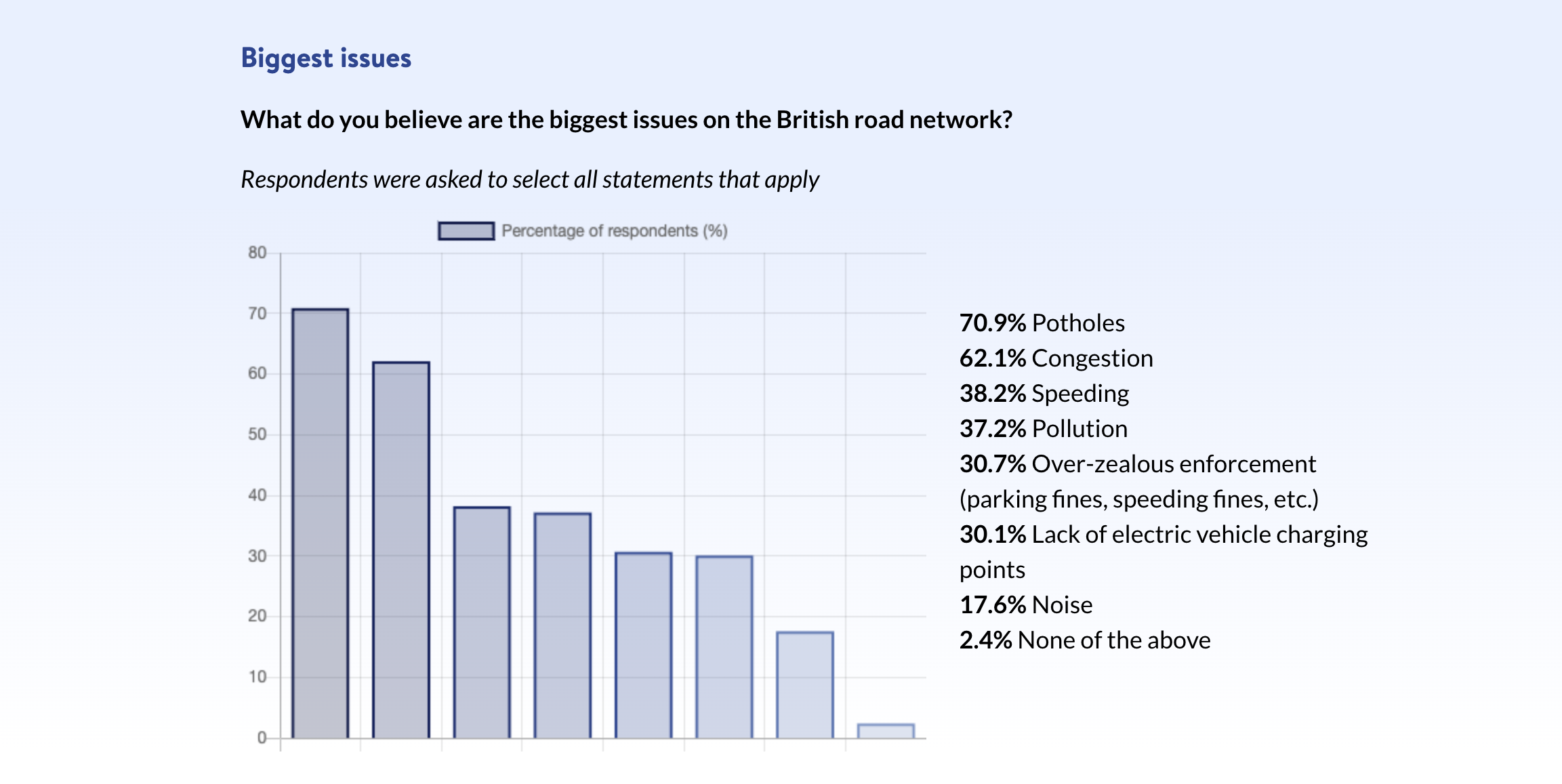Content marketing is a key strategy that helps your business build trust by providing valuable information to your audience. It differs from traditional marketing, which often interrupts and grabs attention. Content marketing helps your business develop relationships and improve brand visibility, making it an effective marketing strategy.
With content marketing, you can engage your audience more effectively than through traditional advertising methods. By creating insightful and educational content, you position your brand as an industry expert. This not only helps to attract potential customers but also retains existing ones. It’s a vital element of any robust digital marketing plan, as it helps you stand out in a crowded marketplace.
Integrating content marketing into your strategy allows you to drive organic traffic and boost conversions. By crafting targeted and valuable content, you can meet your audience’s needs and build loyalty. Whether you’re a small business or a larger corporation, implementing strategic content marketing can lead to long-term success and growth.
Foundations of content marketing
Understanding the foundations of content marketing helps you craft strategies that effectively engage your audience and achieve your business goals. These principles involve creating valuable content and establishing a thorough content strategy to distinguish content marketing from traditional methods.
Defining content marketing
Content marketing is a strategic approach focused on creating, publishing and distributing valuable, relevant content. The goal is to attract and engage a well-defined audience. Unlike traditional advertising, it doesn’t interrupt; instead, it informs and entertains. This method builds trust with your audience by delivering content they find meaningful, ultimately encouraging brand loyalty.
The types of content marketing include:
- blog posts
- datasets
- guides
- useful resources (i.e. marketing plan templates)
- videos
- infographics
- social media updates
- case studies and customer testimonials
- white papers and ebooks
- podcasts
- webinars
- checklists
Each type of content serves a specific purpose and helps reach different segments of your audience. Selecting the most suitable format depends on your target audience’s preferences and your marketing objectives.
How content marketing differs from traditional marketing
Content marketing differs significantly from traditional marketing by focusing on valuable content. Traditional methods often involve direct advertising, while content marketing builds relationships through informative and engaging material. It’s less about selling and more about educating and addressing your audience’s needs.
Moreover, an effective content marketing strategy is essential in content marketing. It involves planning, creating and managing content strategically aligned with your overarching digital marketing strategy. This ensures consistency and relevance, helping you effectively reach and retain potential customers. By placing an emphasis on these elements, content marketing serves as a powerful tool in driving long-term growth and brand recognition.

Strategic advantages of content marketing
The strategic benefits of content marketing can enhance your business significantly. It not only builds brand awareness but also educates your target audiences while boosting search engine visibility. By integrating these strategies, you position your brand as an industry leader.
Building brand awareness
One of the biggest advantages of content marketing is that it’s a powerful tool for building brand awareness. By consistently creating and sharing content, you make your brand more visible to potential customers. High-quality content engages a wider audience through various platforms, including social media channels, blogs, digital PR coverage and videos.
The unique dataset we produced for Tempcover highlights an innovative use of content marketing to generate digital PR coverage. By creating a survey around an always-on topic, we secured coverage and added authoritative commentary thanks to the unique insights this data provided.

An effective approach showcases your unique selling points and company values without being overtly salesy. Reaching audiences who avoid traditional ads is another advantage. While nobody has been able to come up with a definitive number of ads we see a day (although it’s generally accepted that it’s not 10,000, as has long been suggested), there’s no doubt we see a lot. The public has ad fatigue, so content marketing is a less intrusive way to reach your audience.
Thoughtful content marketing also makes your brand a trusted source of information, building loyalty and trust. As a result, audiences become more familiar with your brand over time, increasing your brand recognition and perception.
Educating target audiences
Providing educational content is a strategic way to connect with your target audiences. Informative articles, webinars and guides help you position your brand as an expert in your field. By sharing valuable insights and practical knowledge, you address the needs and interests of your audience. You may find that your competitors are already doing this, so to set yourself apart, identify the gaps in their guides and content. What insight and value can you offer that they aren’t sharing?
This approach not only builds credibility but also encourages engagement and interaction with your brand. Educational content supports potential customers in making informed decisions, demonstrating your brand’s value. As audiences grow to rely on your insights, trust builds, increasing the likelihood of conversions. Tailoring your helpful content to answer specific questions or solve problems enhances relevance and effectiveness, further driving your brand’s impact.
Improving search engine visibility

Content marketing is one of the most effective ways to improve your search engine optimisation and therefore your business’ online presence. Creating pieces of content that aligns with popular search queries increases your website’s likelihood of appearing in search engine results. This boosts your brand’s visibility and makes it easier for potential customers to find you.
By using relevant keywords and optimising content structure, you ensure your content ranks higher in search results. This visibility drives organic traffic, expanding your reach and influence. Consistently updating content keeps your site current and authoritative, so don’t just write, publish and forget about your pieces of content. Google continues to reiterate the importance of unique and insightful content – so be sure to include analysis and insights that only your business can add.
Engaging, timely content not only attracts visitors but also retains their interest, encouraging return visits. This continuous attention amplifies your brand’s digital footprint, providing long-term strategic benefits.
Engaging with the customer journey
Understanding and engaging with the customer journey is key to successful content marketing. By focusing on attracting prospective customers, you can support them through decision stages and build customer loyalty.
Supporting decision stages
Your business should be creating content that reaches your audiences at each decision stage to transform interest into action. The AIDA model (awareness, interest, desire, action) is a useful template used by many marketers, but you could also use simplified versions like TOFU, MOFU and BOFU (top, middle and bottom of the funnel).
Each stage will require different content. For example, people at the top of the funnel (or in the awareness stage) will need introductory content like guides and explainers. Then, as they move through to the middle consideration stages, you can create more in-depth content. At the point of decision, comparison charts, FAQs and customer reviews can clarify doubts and seal the deal.
Demonstrating your unique selling points is essential. Highlight what sets you apart from competitors and why customers should choose you. Make it easy for them to explore these benefits on your site and include clear calls to action. This approach can significantly boost conversion rates, turning visitors into loyal buyers.
Fostering customer loyalty
Building customer loyalty is essential for lasting business success. You can do so by continuing to engage and add value even after a purchase. Regular updates, exclusive offers and loyalty programmes can keep your loyal customers interested and invested in your brand. You can even turn loyal customers into brand ambassadors through continued engagement.
Use feedback mechanisms like surveys to understand your customers’ needs and preferences. Engaging with them through personalised messages or thank-you notes shows appreciation and encourages recurring business. Creating an experience that makes loyal customers feel special nurtures long-term relationships and enhances customer retention.

Tactical execution of content marketing
Ensuring success in content marketing involves creating a cohesive plan, selecting appropriate content types and using distribution channels effectively. These steps are essential for enhancing engagement, reaching your audience and meeting your business goals.
Developing a cohesive content plan
A content plan serves as a roadmap for achieving your marketing goals. Start by identifying your target audience and understanding their needs. Set clear goals for what your content should achieve, whether it’s increasing awareness, generating leads or driving sales.
Your plan should cover various types of content such as blog posts, social media posts, resources and videos. Timing is also important. Define a consistent schedule for publishing your content to keep your audience engaged. Regular updates ensure that your strategy remains relevant.
Ensure that your plan aligns with your overall business objectives. This helps in maintaining a focused approach and measuring success effectively. Use tools or spreadsheets to keep track of topics, deadlines and responsibilities, ensuring everyone involved is on the same page.
Choosing the right content types
Selecting the right types of content is vital for engaging your audience while helping you meet their differing content consumption preferences. Blog posts are excellent for sharing in-depth information and improving SEO. They allow you to showcase your expertise and build trust with your audience. Videos, meanwhile, are great for how-to content and providing quick updates on breaking news topics.
Social media posts offer a more direct way to engage with customers. They can be used to share quick updates, visual content and promotional messages. Infographics and podcasts can also add variety and appeal to different segments of your audience.
Consider what formats your audience prefers and what suits your goals best. Test different content types and track their performance to understand what works best. This helps in refining your strategy to better meet your audience’s expectations.

Utilising effective distribution channels
Distribution channels are key to reaching your target audience. Select channels where your audience spends most of their time. For instance, if your B2B target audience is active on LinkedIn, focus on this platform for sharing content.
Combine organic and paid methods to maximise reach. Organic methods like SEO and social media engagement can build a strong foundation, while paid advertising can boost visibility and speed up results.
Email marketing remains an effective channel. Email newsletters allow for personalisation and building a direct relationship with your subscribers. Keep track of content performance across these channels to adjust strategies and ensure that you effectively meet business objectives.
Measuring success and ROI
To ensure your content marketing strategies are effective, it’s essential to measure their success and return on investment (ROI). This process involves setting clear KPIs and tracking them through analytics tools while considering the cost-effectiveness of your content marketing efforts.
Setting content marketing KPIs
Key performance indicators (KPIs) allow you to understand the success of your content marketing efforts. These measurable values help in determining the impact of your content marketing campaigns on your business objectives.
Content marketing KPIs you might want to consider include:
- website traffic
- lead generation
- product purchases
- customer retention
- percentage of new customers
- traffic sources
- conversion rates
- customer engagement metrics such as likes and shares
- time on page.
By setting clear KPIs, you can focus on what truly matters and measure content marketing performance effectively. Ensure your KPIs align with broader business goals to track progress accurately.
Tracking with analytics tools
Analytics tools are indispensable in measuring content marketing success. Platforms like Google Analytics provide detailed insights into how users interact with your content.
Tracking metrics such as page views, bounce rates and user demographics helps you understand audience behaviour. This data guides adjustments to your strategy for better results. Using these insights, you can refine your content to improve engagement and ROI, ultimately enhancing the effectiveness of your campaigns.
Cost-effectiveness and savings
Evaluating the cost-effectiveness of your content marketing efforts is vital for understanding ROI. Consider the ROI of content marketing, which involves comparing the money spent on production and promotion to the benefits gained.
Effective content marketing can lead to significant savings over traditional marketing methods. By focusing on quality and strategic placement, you can reach a larger audience without overspending. Additionally, harnessing organic reach through tailored content can further maximise savings and drive better value for your investment.
Frequently asked questions
Content marketing can help you boost brand visibility, generate leads and enhance audience engagement. These discussions reveal its significance in a digital marketing strategy and its role in aligning with business objectives.
How does content marketing enhance brand visibility?
Content marketing increases your brand’s visibility because you’re consistently creating valuable content that’s visible on search engines, renowned publications and social media platforms. This strategy helps position your brand within industry-related conversations and reaches a wider audience than traditional marketing methods. This ultimately boosts recognition and awareness for your business.
What role does content marketing play in lead generation and nurturing?
Through strategic and engaging content, you can attract potential customers and guide them through the sales funnel. Content marketing is key in nurturing leads because it provides relevant information that addresses their needs and interests, which can build trust and encourage further interaction with your brand.
How can content marketing boost audience engagement and loyalty?
By offering valuable, insightful and relatable content, you establish a connection with your audience, generating engagement and building loyalty. Regularly updated, high-quality content encourages repeat visits and strengthens your brand’s relationship with its audience, resulting in a loyal customer base that is more likely to engage with your business.

In what ways does content marketing contribute to a company’s digital marketing strategy?
Content marketing supports your digital marketing strategy by improving search engine rankings, driving traffic to your website and enhancing your social media presence. By integrating content marketing with other digital channels, you create a cohesive approach that amplifies the overall effectiveness of your marketing efforts.
Why is a strategic approach to content marketing essential for business growth?
A strategic approach ensures that your content aligns with your business goals, effectively targets your audience and delivers measurable results. By understanding your audience’s needs and preferences, you can craft a tailored content strategy that drives engagement, supports growth and provides a competitive advantage in your market.
How does content marketing align with the overarching goals of a business?
Content marketing aligns with your business’s overarching goals by reinforcing brand messaging, supporting lead generation and contributing to revenue growth. It provides a platform to communicate your brand’s values and mission, effectively engaging your audience and driving them towards actionable outcomes that align with your business objectives.

